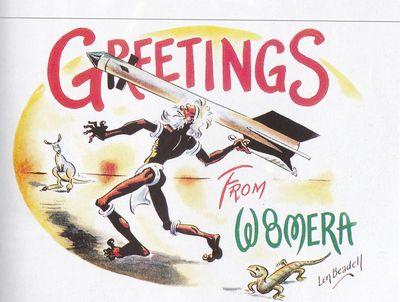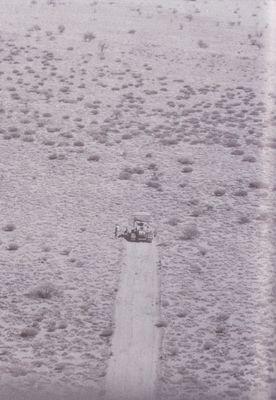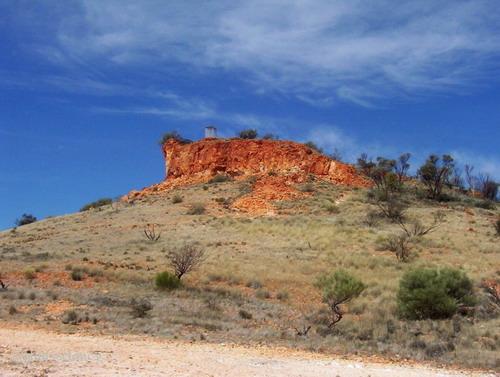|
|
|||
|
|
|
|
|
|
|
|||
LEN BEADELL1923 - 1995
|
|
|
|
|
Len Beadell has been rightly called the 'last great Australian explorer.' With a small team of men, Len helped to open up vast areas of the outback by putting through
unsealed roads.
|
|
One thing that was to hang over Len like a black cloud was his failure to pass his English exams at school. This was the cause of his being refused registration as a
surveyor and it took him ten years and a re-sit of the English test to finally get the papers he needed.
|
|
|
On occasion he came very close to not making it back to camp due to vehicle problems and lack of water. On one trip his Land Rover broke down and he had to
wait 4 weeks to be rescued. Len's work not only opened up the outback but his suggestions for modifications to the Land Rovers he and his team used, led to a
number of improvements in the design of these vehicles.
|
|
|
|
'I got my little party of six together - bulldozer driver, grader driver, a cook, and me, long distance supply driver, and I call them "the Gunbarrel road construction
party" as a joke because we decided we'd want to make Australia...keep Australia looking tidy and neat. I decided when possible to make straight roads.'
|
|
The Anne Beadell Highway was named in honour of Len's wife whom he married in 1961. In 1962 Anne with their 5 month old daughter Connia Sue, joined
Len on a 5 month long exploratory trek from Warburton to determine the course of the next road. The Connie Sue and Gary Highways were to follow
(both named after Len's children.) Anne was later interviewed about this trip and said:
|
|
|
Len spent his 'retirement' taking people into the areas he had opened up as well as giving more than 900 inspirational talks about his adventures.
|
|
|
Chronology
1923 - Born April 21st. 1928 - Attended Gladesville Public School. 1930 - Attended Burwood Public School. 1939 - Finished school at Sydney Grammar School. 1940 - Surveyor for the Metropolitan Water, Sewerage and Drainage Board. 1941 - Joined the army and serves with a transport section. 1942 - Joins the 2nd Australian Field Survey Company AIF. 1942 - Sailed to New Guinea with the 8th Field Survey Section in October. 1943 - Returned to Australia. 1945 - Back in New Guinea with the 3rd Field Survey Company. 1946 - Surveyor on an expedition to the Darwin-Katherine region of the Northern Territory 1947 - Led a surveying team in the central desert area of South Australia searching for a site for a proposed rocket testing range. 1948 - Discharged from the army. 1949 - Began surveying for the Long Range Weapons Establishment in August. 1952 - Atomic bomb test site chosen. 1953 - Period of road building goes on until 1963. 1961 - Married Anne. 1962 - Anne and Connie Sue (aged 5 months) join Len on a surveying expedition. 1964 - Len contracts hepatitis B at Woomera. 1967 - Finished working with the W.R.E. 1987 - Made a Fellow of the Institute of Engineering and Mining Surveyors (Aust.). 1988 - Awarded the Order of Australia. 1995 - Died May 12th.
Links to more information:
Len Beadell
|
|
|
Become a supporter of this website for just $5 a month
|





